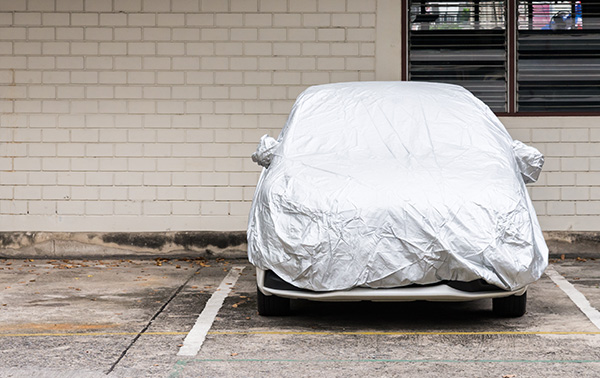
Leaving your car parked for an extended period may seem simple, but improper storage can lead to mechanical issues, dead batteries, and even cosmetic damage. Whether you're traveling for months, storing a seasonal vehicle, or simply not using your car regularly, taking the right precautions will ensure it's in good condition when you're ready to drive again. Long-term parking requires more than just turning off the engine and walking away—here’s how to protect your car while it's not in use.
Preparing the Car for Storage
One of the most important steps before long-term parking is making sure the car is properly maintained. Oil and other fluids break down over time, so starting with fresh engine oil, coolant, and brake fluid helps prevent corrosion and buildup. A full gas tank is also essential to prevent condensation from forming inside the fuel system. Adding a fuel stabilizer can help keep the gasoline from degrading and ensure the engine starts smoothly when it's time to use the car again.
Tires often lose air when left stationary for too long, leading to flat spots that affect performance. Checking tire pressure and inflating them to the manufacturer’s recommended level will help prevent damage. If possible, moving the car slightly every few weeks or placing it on jack stands can further protect the tires from developing deformations.
Battery Maintenance and Electrical System Protection
A car battery naturally loses charge when the vehicle isn’t being driven, and long-term storage can drain it completely. Disconnecting the battery is one option to preserve its charge, but for added convenience, using a battery tender or trickle charger keeps it maintained without the need for frequent recharging. This is particularly useful if the car will be left unused for several months.
Electrical components, including onboard computers and alarms, continue drawing power even when the vehicle is off. If a trickle charger isn’t an option, starting the car every couple of weeks and letting it run for a short period can help keep the battery from dying completely.
Protecting the Exterior and Interior from Damage
Even in a covered garage, dust, moisture, and pests can cause damage over time. Washing and waxing the exterior before storage adds a layer of protection against dirt and potential corrosion. Parking the car in a well-ventilated space with a high-quality car cover shields it from dust and environmental elements, especially if it’s stored outdoors.
The interior can also suffer from prolonged storage if not properly prepared. Cracking the windows slightly allows air circulation and prevents musty odors from developing inside the cabin. Leather or fabric seats can benefit from conditioning treatments to avoid drying and cracking. If storing the car in an area prone to rodents, placing deterrents like mothballs or peppermint oil inside the cabin and engine bay can help prevent damage from nesting animals.
Ensuring a Smooth Restart After Storage
When it’s time to take the car out of storage, a few simple checks will ensure everything is functioning properly. The battery should be fully charged before attempting to start the engine, and inspecting fluid levels will confirm that there are no leaks or contamination. Checking the brakes for any signs of rust or sticking, as well as verifying that tires are properly inflated, will help prevent performance issues once the car is back on the road.
Letting the engine idle for a few minutes before driving allows oil and fluids to circulate through the system. If the car has been stored for several months, taking it for a short drive and listening for unusual sounds can help identify any potential problems before resuming regular use.
Long-term parking can take a toll on your vehicle. Get expert care and maintenance at Pete’s in San Francisco, CA, before leaving your car in storage. Call us to schedule an appointment!